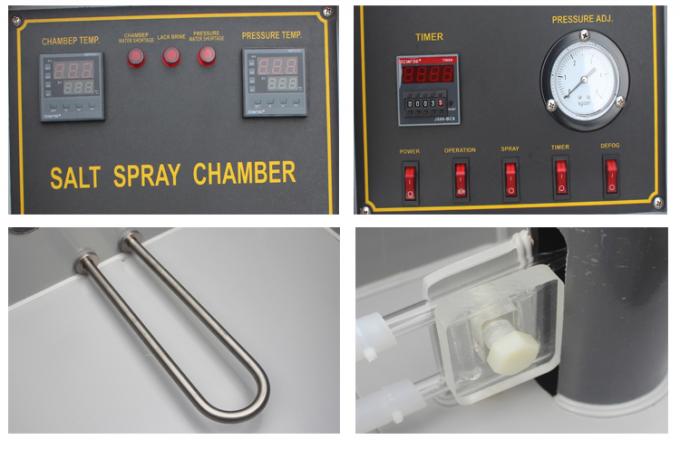- Qinsun Instruments Co., Ltd.
- Tell:+86-21-6780 0179
- Phone:+86-17740808215
- Address:No. 2578 Minhang District Gu Dai Road, Shanghai
- Contact:Mr. Li
- QQ:846490659
Gas chromatograph maintenance

1. Internal blowing and cleaning of the instrument
After the gas chromatograph is shut down, open the side and rear panels of the instrument, and use instrument air or nitrogen to blow the dust inside the instrument. For areas with high dust accumulation or difficult to blow, use a soft brush to cooperate with the treatment. After the blowing is completed, clean the areas inside the instrument that are contaminated with organic matter with water or organic solvents. For water-soluble organic matter, wipe with water first. For areas that cannot be thoroughly cleaned, use organic solvents for treatment. For non water-soluble or organic matter that may react with water, clean with non reactive organic solvents such as toluene, acetone, carbon tetrachloride, etc. Note that during the wiping process of the instrument, corrosion or secondary contamination should not be caused to the surface or other components of the instrument.
2. Maintenance and cleaning of circuit boards
Before preparing the gas chromatograph for maintenance, cut off the power supply of the instrument. First, use instrument air or nitrogen to blow the circuit board and circuit board slots. When blowing, use a soft brush to carefully clean the dusty parts of the circuit board and slots. Wear gloves as much as possible during the operation process to prevent static electricity or sweat stains on the hands from affecting some components on the circuit board.
After the blowing work is completed, the usage of the circuit board should be carefully observed to see if there is any obvious corrosion on the printed circuit board or electronic components. Carefully wipe electronic components and printed circuits on the circuit board that are contaminated with organic matter with degreased cotton dipped in alcohol, and also wipe the interface and slot parts of the circuit board.
3. Cleaning of the injection port
It is necessary to clean the glass liner and splitter plate at the injection port of the gas chromatograph, as well as the splitter pipeline and EPC components at the injection port during maintenance.
Cleaning of glass liner and splitter plate: Carefully remove the glass liner from the instrument, use tweezers or other small tools to carefully remove glass burrs and other impurities inside the liner, and do not scratch the surface of the liner during the removal process.
If conditions permit, the preliminarily cleaned glass liner can be cleaned with ultrasonic waves in an organic solvent, dried, and then used. It can also be cleaned directly with organic solvents such as acetone and toluene, and after cleaning, it can be dried before use.





